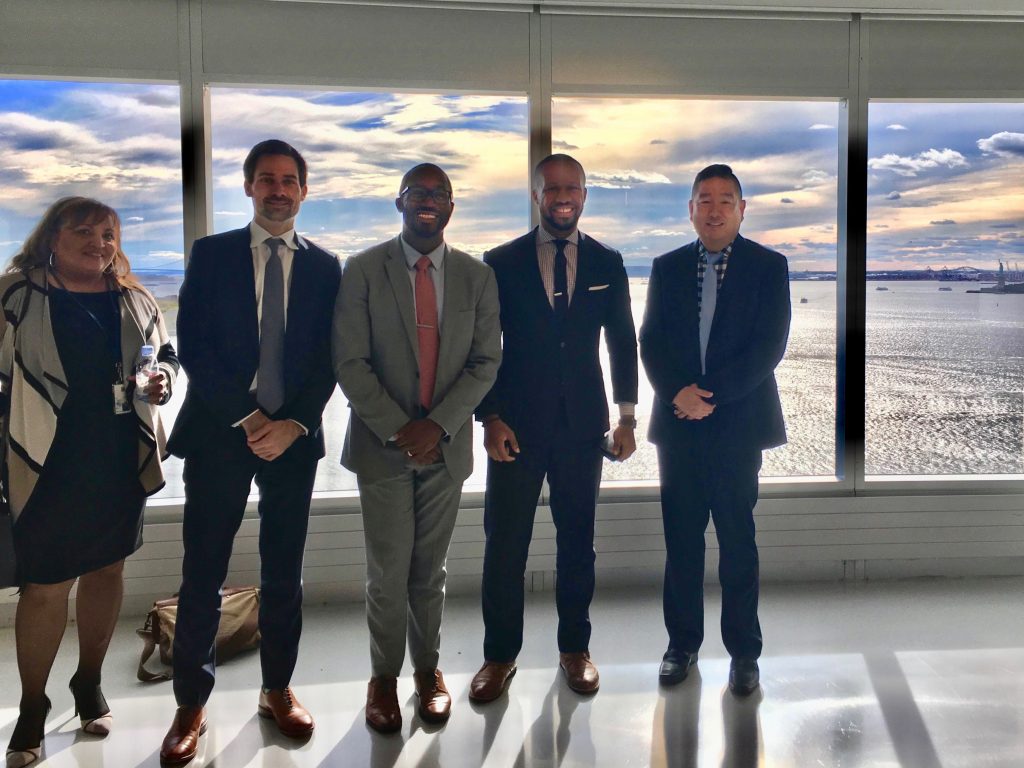Author: Crystal Philcox, Deputy Assistant Commissioner, IT Category
The federal government is in the middle of an unprecedented opportunity to modernize and create an infrastructure that works to help agencies deliver services to today’s workforce and the American people — that means more reliable, efficient, and mobile networks.
The Enterprise Infrastructure Solutions (EIS) contract is specifically designed to help agencies achieve this goal. With its recent Best-In-Class (BIC) designation, agencies can leverage the contract to meet established goals to modernize their networks and deliver better, faster services as well as gain significant cost savings.
EIS Has Everything You Need: Complete Solution for IT Modernization
EIS isn’t just a telecom contract, its a total solution to help agencies modernize. Agencies benefit through cost savings and the ability to tap a common contract instead of cobbling together their own solutions. EIS can be used for managed services, security and telecom services — it has everything agencies need to modernize their networks.
Modernized networks mean higher bandwidth, better performance, and more network reliability. And, bandwidth is dramatically cheaper in modernized networks. Furthermore, modernized networks can embed cybersecurity features that adapt to changing threat models.
The potential savings with fully taking advantage of modernizing networks using EIS are huge. Because of the consolidated buying power we have under GSA contracts, we realized a savings with EIS prices that average 21 percent lower than our current contract, Networx. That’s real money that agencies can put back into application modernization or cloud migration.
To achieve the advantages of EIS through modernization, agencies should consider the following keys to success:
- Make transition a high priority. Treat it as a critical project.
- Modernize, wherever possible.
- Budget for transition and modernization.
- Ask for GSA’s help, as needed.
Next Steps
There are several opportunities for both agencies and industry to engage in this continuing conversation. Throughout the lead-up to transition, GSA has provided extensive assistance to help agencies prepare for this and we conducted educational sessions on how to structure solicitations so modernized networks can be purchased efficiently. Over the past few weeks, we’ve spent more time with agencies listening to their concerns. What we heard was that a lot of agencies want to modernize, but need more time. We are interested in hearing from any agency that is experiencing that, or any, concern.
We’ve held workshops to help industry share their perspectives on how agencies can modernize legacy enterprise networks. Also, we’ve collected agencies’ forecasts of solicitations and provided detailed timelines to EIS contractors to help them plan their response strategies.
Industry has a significant customer agency outreach effort. EIS suppliers have scheduled numerous meetings with agencies to showcase their capabilities and how they can assist in modernization efforts. Agencies are also hosting “industry days” for the EIS supplier community.
In partnership with government, ACT-IAC has established the Transition/Modernization Working Group. All EIS suppliers and a significant number of agency representatives make up this important initiative.
On May 24, GSA is hosting a “Meet Your EIS Industry Partners Day” at GSA Headquarters. This will provide another avenue for agencies to meet and discuss their individual mission needs with EIS suppliers. We want agencies to come with their ideas about what they want to achieve through network modernization and talk to the EIS industry partners about those ideas and how best to get them done. Register here!
And on June 19, ACT-IAC is hosting an IT Modernization Conference focusing on how the transition from Networx offers an opportunity to transform and modernize legacy network architecture.
We encourage you to join us at these events and look forward to hearing your ideas on modernizing networks.
Please follow us on Twitter @GSA_ITC and LinkedIn to join our ongoing conversations about government IT.


